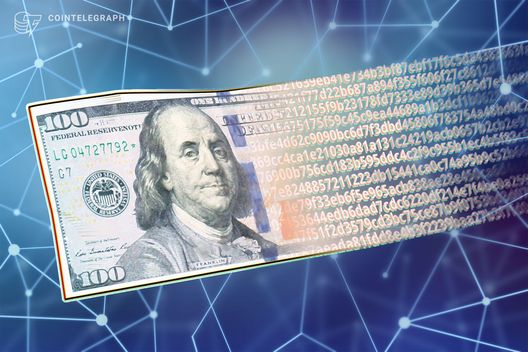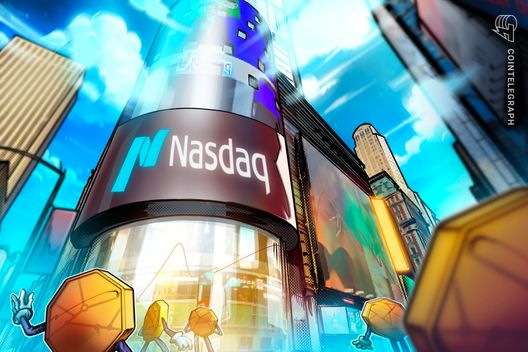Newsom strikes agreement on bullet train funding
3 min read

California High Speed Rail
California Gov. Gavin Newsom and legislative leaders have reached a deal to provide $20 billion — $1 billion a year — to the state’s high-speed rail project through 2045.
The full Legislature is slated to vote Saturday on the agreement to
The funds would be enough to complete the initial 171-mile stretch in the Central Valley, but not enough to complete the entire San Francisco to Los Angeles rail line.
California High Speed Rail Authority CEO Ian Choudri lauded the decision, calling it a historic commitment of the largest guaranteed infusion of funding for the high-speed rail program to date.
The agreement would resolve “all identified funding gaps” in the Central Valley and “opens the door for meaningful public-private engagement,” Choudri said in a
The rail authority can borrow against the future funding guarantee to finance the remaining construction on the route between Merced and Bakersfield, expected to be completed by 2033, he said.
The Central Valley segment currently carries an
In 2019, Newsom directed the rail authority to
Talks around the proposal to extend the cap-and-trade program, in which companies bid on credits that allow them to emit greenhouse gases over regulated levels, were contentious, let alone discussions on dedicating a fixed amount to the rail project.
The
In recent years, the program has brought in $4 billion in revenues annually, which has gone to support public transit, wildfire prevention and housing, as well as high-speed rail. Funding is supposed to go to projects that alleviate environmental harms.
Newsom pushed lawmakers for several months to extend the program to 2045, before reaching an agreement Wednesday with legislative leaders.
The high-speed rail authority released a 71-page report in August outlining a
Republicans at the state and federal level have
In July, the Federal Railroad Administration
The project has support from the
“We applaud Governor Newsom and legislative leaders for their commitment and determination to make high-speed rail a success,” said Ray LaHood, former U.S. Secretary of Transportation and co-chair of U.S. High Speed Rail. “The agreement represents the most important step forward to date for this transformational project.”







